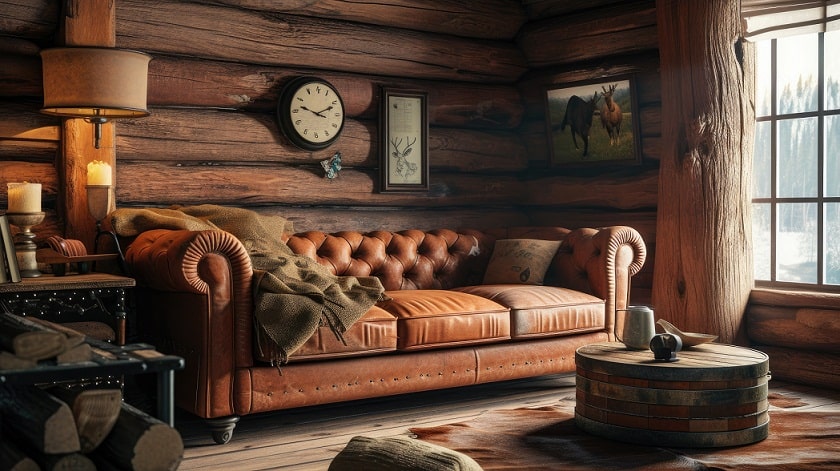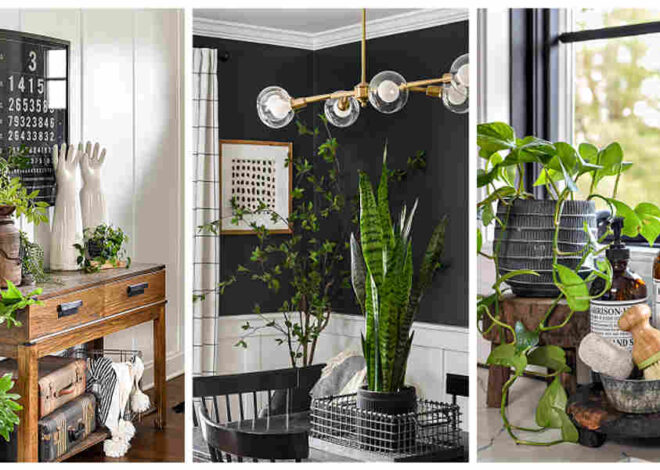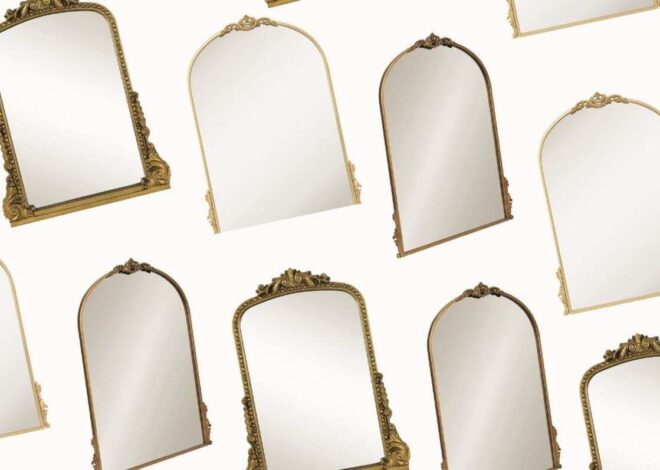
Tips for Incorporating Antiques Into Your Modern Home
Antiques can add character, history, and a touch of elegance to any modern home.
The Benefits of Mixing Antiques and Modern Decor
Adding antiques to modern decor provides several advantages:
Adds depth, character, and personality to a room
Antique pieces bring a sense of history and nostalgia that can add warmth and personality to an otherwise sterile, modern space. The imperfections and worn edges of antiques create visual interest and charm.
Creates a unique and visually interesting space
Blending antiques with modern aesthetics results in an eclectic, one-of-a-kind look that you can’t achieve with just contemporary pieces. The juxtaposition stands out and creates a conversational, engaging space.
Allows you to showcase your personal style and interests
Antiques that hold special meaning or represent your hobbies and passions help express your individuality. Your decor reflects who you are.
Provides a sense of history and timelessness
Quality antique pieces transcend time periods. Incorporating antiques adds layers and makes a space feel established, like it has been lived in and loved.
You may also read (smart home technology save time money)
Identifying the Right Antiques for Your Home
When selecting antiques, keep these tips in mind:
- Consider the overall style and aesthetic of your home. Choose antiques that make sense with your existing decor. A Victorian sofa won’t work in a mid-century modern house.
- Look for pieces that reflect your personal taste and interests. Showcase antiques related to your hobbies, travels, or family history.
- Focus on quality and condition rather than age. An older antique with damage or wear-and-tear will look out of place.
- Well-crafted, pristine condition antiques complement modern spaces best.
Placement and Arrangement
Strategically placing antiques creates a cohesive look:
- Decide where to place your antique pieces. Foyers, bookshelves, and side tables are great accent spots.
- Balance antique and modern elements in a room. If your furnishings are modern, use antiques as accents.
- Use antiques as focal points or accent pieces. A beautiful cabinet can anchor a dining room.
- Group similar antiques together for a curated vignette. Display silver items on an antique tray.
Lighting and Antiques
Proper lighting helps accentuate antique details:
- Ambient lighting sets the overall mood in a room.
- Task lighting illuminates antique furniture or artwork.
- Accent lighting spotlights specific antiques.
- Experiment with lighting placements and intensities. Side lighting brings out texture.
Mixing Textures and Materials
Varying visual textures creates an interesting antique-modern blend:
- Combine antique wood, metal, glass, or ceramic pieces.
- Contrast smooth modern surfaces with antique materials that have more age and patina.
- Incorporate antique rugs, throws, and upholstery fabrics to add softness and warmth.
Antique Furniture in Modern Spaces
When using antique furniture:
- Choose pieces that fit the scale of your room. Oversize antique furniture can overwhelm.
- Consider the antique’s function and purpose. An ornate antique desk won’t work in a minimalist office.
- Refinish or reupholster antique furniture to blend into your existing decor.
- Use antique furniture as a statement piece or part of a larger grouping.
Accessorizing with Antiques
Antique accessories provide affordable and impactful ways to incorporate old and new:
- Display antique vases, frames, boxes, or silver pieces.
- Choose accessories that reflect your interests. Nautical antiques work well in coastal homes.
- Rotate accessories seasonally or when redecorating.
- Group small antique items onto wall shelves or coffee tables.
Caring for Antiques in a Modern Home
Take measures to protect antiques:
- Avoid direct sunlight which can cause fading.
- Use appropriate cleaners and techniques for different materials.
- Handle antiques gently to prevent chips, dents, or scratches.
- Consider professional restoration for valuable or fragile pieces.
Conclusion
- Mixing antiques into modern decor adds character and visual interest to any space.
- Take time selecting quality pieces that express your style and complement your existing aesthetic.
- Strategically place and care for antiques to seamlessly incorporate them into your home.
- Don’t be afraid to combine old and new pieces in creative ways.
FAQ
How do I know if an antique is valuable?
Consult an appraiser to assess authenticity and value based on age, craftsmanship, condition, and demand. More unique, older antiques in good shape tend to be more valuable.
Can I paint or refinish an antique piece?
Yes, but be cautious with valuable antiques. Painting can damage patina and reduce value. Lightly sanding and re-staining can refresh an antique while preserving its character.
How do I incorporate antiques into a small space?
Use small antique accents like vases, frames, trays, and tabletop items. Hang antique wall mirrors or art to give the illusion of more space.
What are some common mistakes to avoid when mixing antiques and modern decor?
Don’t use antiques that are in poor condition. Avoid pieces with a drastically different style than your existing decor. Don’t overload a space with too many antiques which can feel cluttered.
You also read (pet friendly home design tips)


